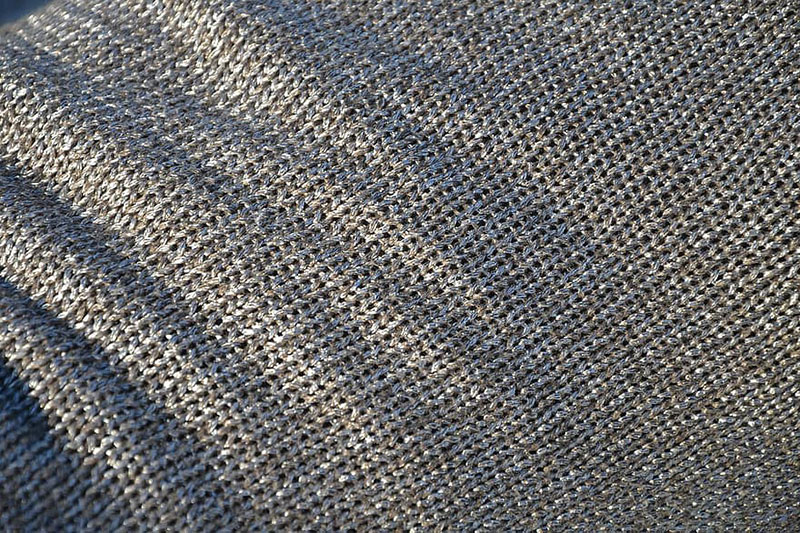According to ResearchAndMarkets.com’s new report “Nanotechnology Clothing Global Market Report 2020-30: COVID-19 Growth and Change,” the worldwide nanotechnology clothing market is expected to decline from $7.42 billion in 2019 to $5.3 billion in 2020 at a CAGR of -28.56%. The decline is mainly due to the COVID-19 outbreak that has led to restrictive containment measures involving social distancing, remote working, and the closure of industries and other commercial activities.
Read more Smart Clothes to Contribute Over $11 Bn to Fitness Wearable Revenue by 2025, Says Juniper Research
This report provides strategists, marketers and senior management with the critical information they need to assess the global nanotechnology clothing market.
The report focuses on nanotechnology clothing market which is experiencing strong growth. The report gives a guide to the nanotechnology clothing market which will be shaping and changing our lives over the next ten years and beyond, including the market’s response to the challenge of the global pandemic, says a press release.
The report covers market characteristics, size and growth, segmentation, regional and country breakdowns, competitive landscape, market shares, trends and strategies for this market. It traces the market’s historic and forecast market growth by geography. It places the market within the context of the wider nanotechnology clothing market and compares it with other markets.
The market characteristics section of the report defines and explains the market.
- The market size section gives the market size ($b) covering both the historic growth of the market, the influence of the COVID-19 virus and forecasting its growth.
- Market segmentations break down market into sub markets.
- The regional and country breakdowns section gives an analysis of the market in each geography and the size of the market by geography and compares their historic and forecast growth. It covers the growth trajectory of COVID-19 for all regions, key developed countries and major emerging markets.
- Competitive landscape gives a description of the competitive nature of the market, market shares, and a description of the leading companies. Key financial deals which have shaped the market in recent years are identified.
- The trends and strategies section analyses the shape of the market as it emerges from the crisis and suggests how companies can grow as the market recovers.
- The nanotechnology clothing market section of the report gives context. It compares the nanotechnology clothing market with other segments of the nanotechnology clothing market by size and growth, historic and forecast. It analyses GDP proportion, expenditure per capita, nanotechnology clothing indicators comparison.

Read more Worldwide Wearable Devices Market Expected To Reach Over 520 Million Units By 2025
The nanotechnology clothing market consists of sales of clothes that use nanotechnology or nano fabrics. Nanoparticles are increasingly used along with fibers or as a coating on clothing to enhance the surface characteristics of clothes such as microbicidal, waterproof, antistatic or UV-protection, color durable, dirt-resistant, odor-resistant, stain-resistant, wrinkle-resistant, and better thermal performance. The nanotechnology applications include nanowhiskers, silver nanoparticles, nanopores and nanoparticles.
North America was the largest region in the nanotechnology clothing market in 2019. The launch of new products incorporating wearable technology is a key trend shaping the growth of the market.
The rising use of nanotechnology clothing in the medical industry, owing to its anti-microbial properties, is expected to drive the nanotechnology clothing market. Nanotechnology clothing offers the anti-microbial property to fight against microorganisms such as viruses, fungi, and bacteria. The companies functioning in the nanotechnology clothing market are introducing medical products to deal with microorganisms.
Companies Mentioned In The Report
- Nano Textile
- Colmar
- Shanghai Huzheng Nano Technology
- eSpin Technologies
- FTEnE
- Parker Hannifin
- Schoeller Technologies
- Odegon Technologies
- Aspen Aerogel
- BASF
- Oxford Nanopore Technologies
- Nantero
- Liquidia Technologies
- DigiLens Inc.
- StoreDot
- Abionic
- Lyncean Technologies
- NuMat Technologies
- Nanotech Industrial Solutions
- Aspen
- Aerogel
- NanoHorizons
- Nanex
- Schoeller Technologies
- Odegon Technologies
- Global Photonic
- Konara












